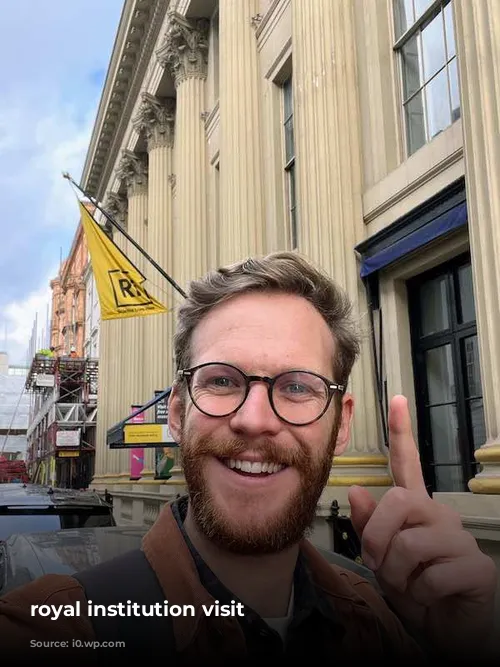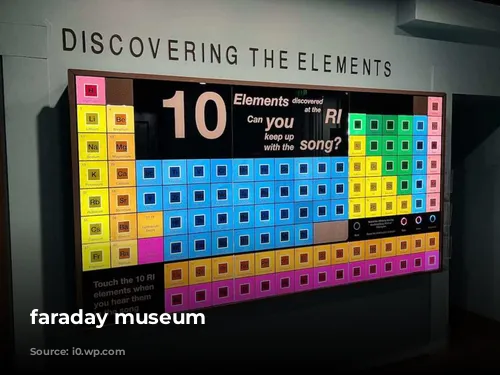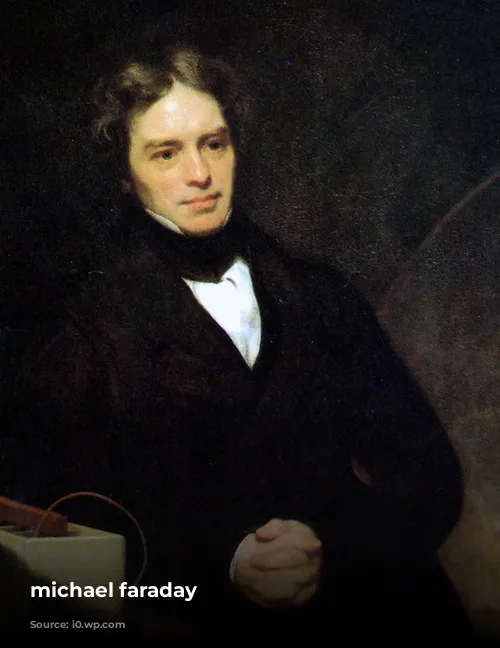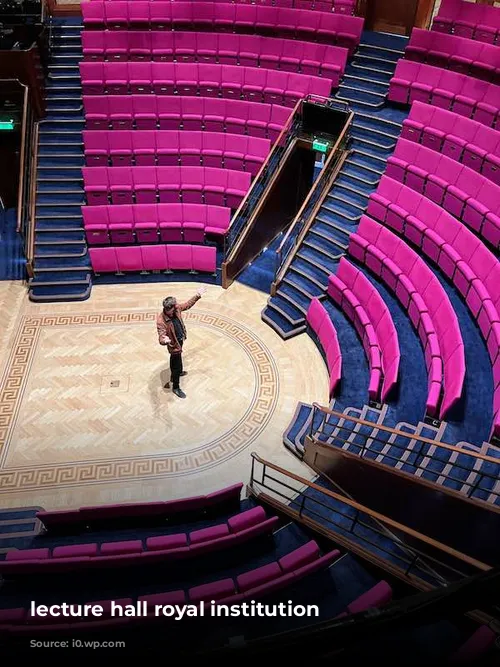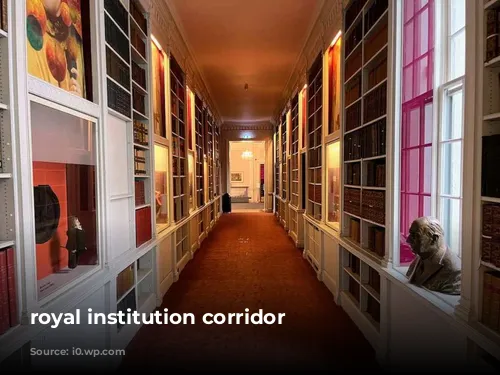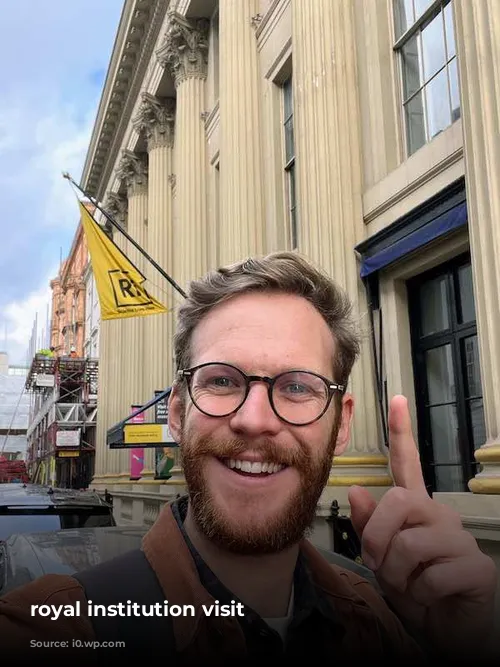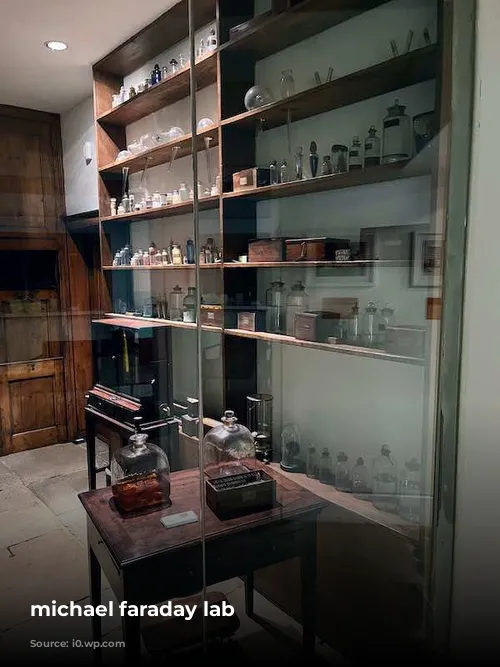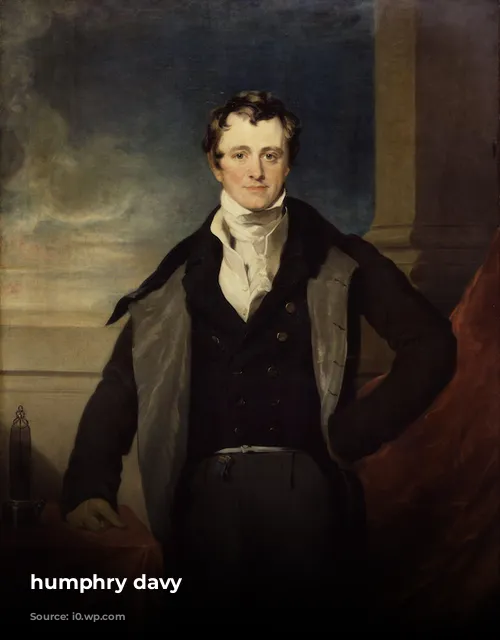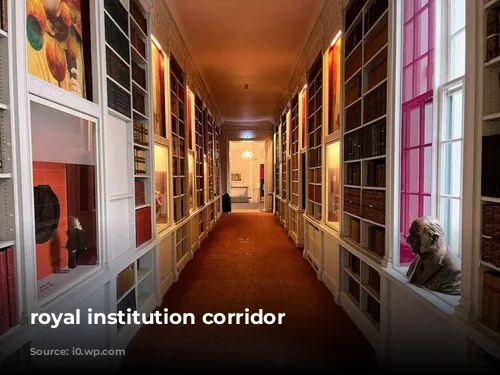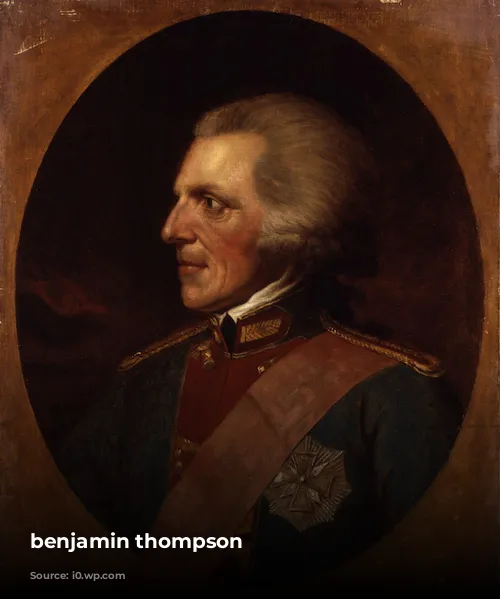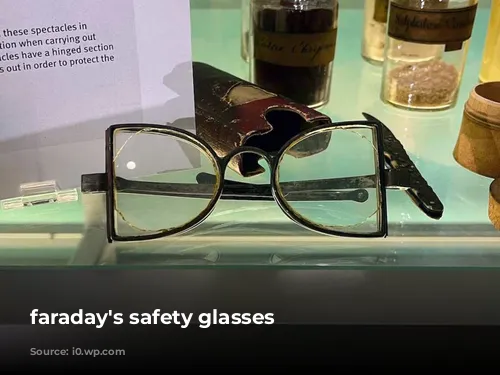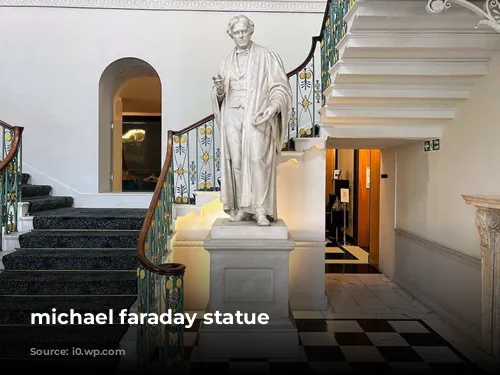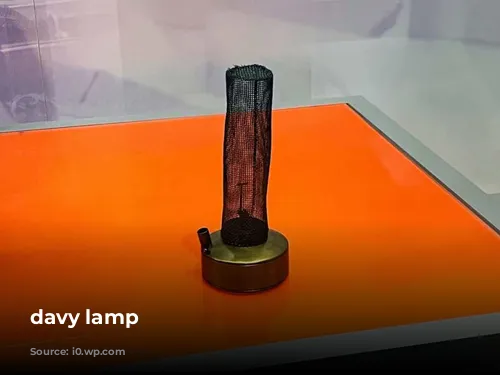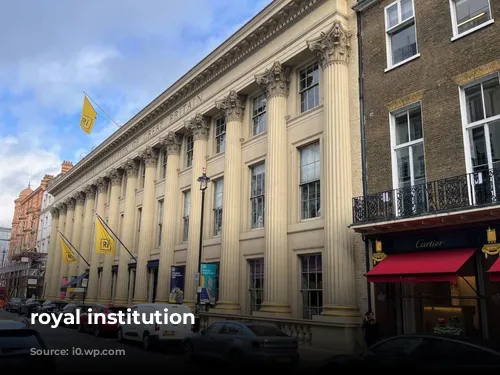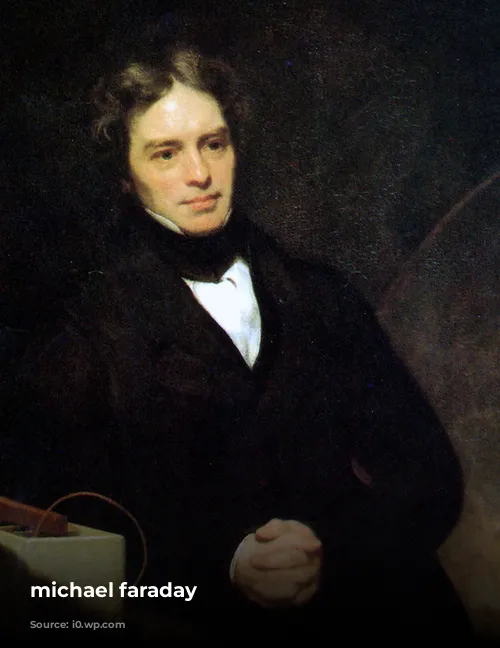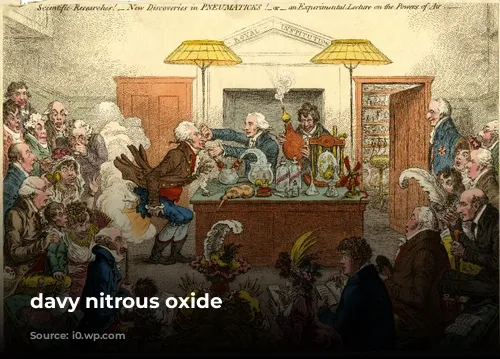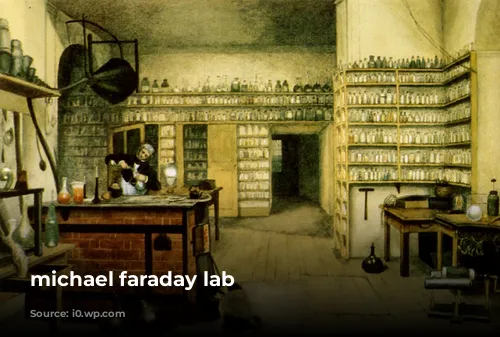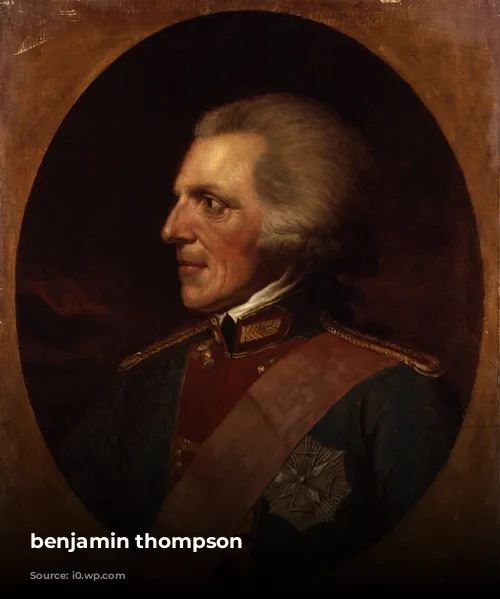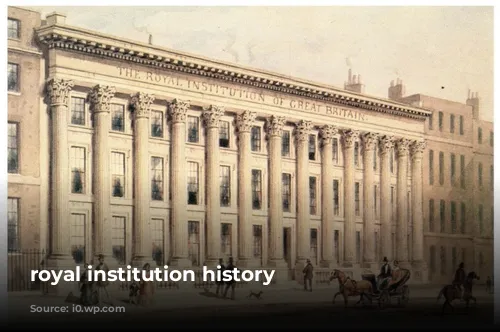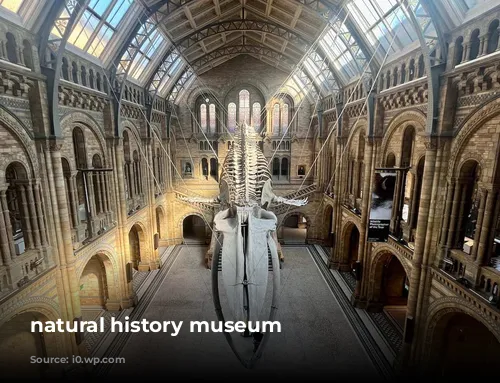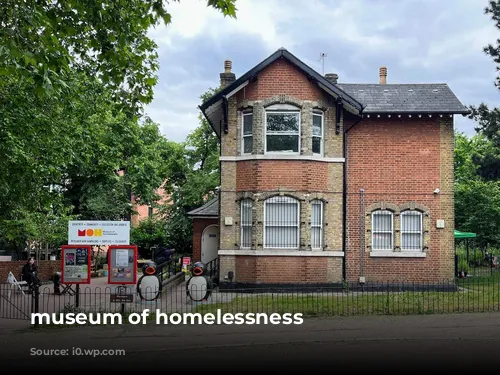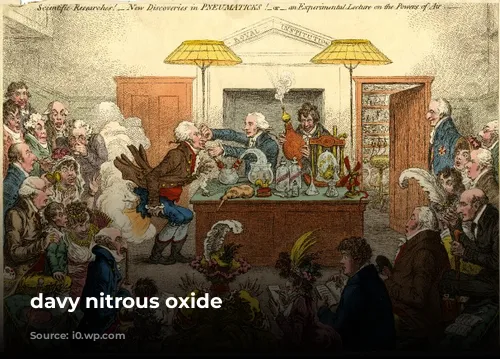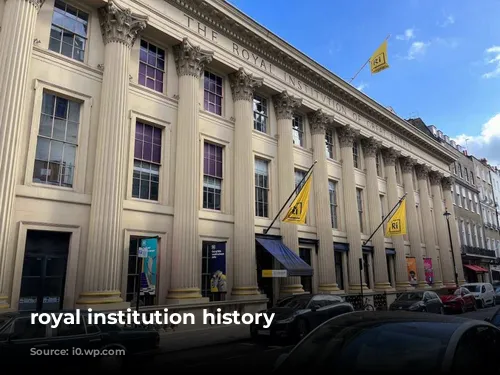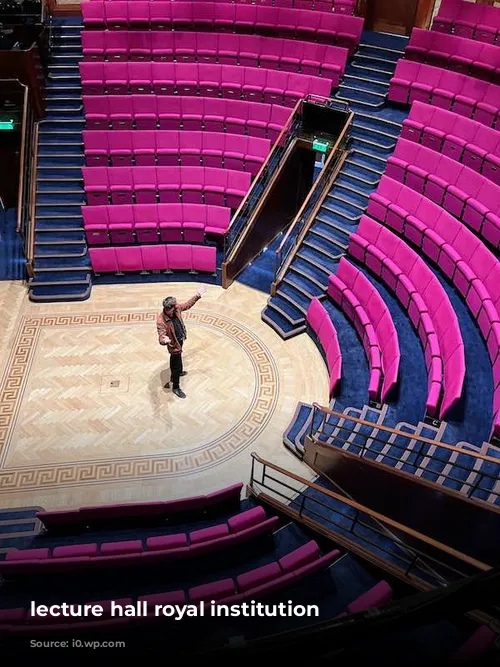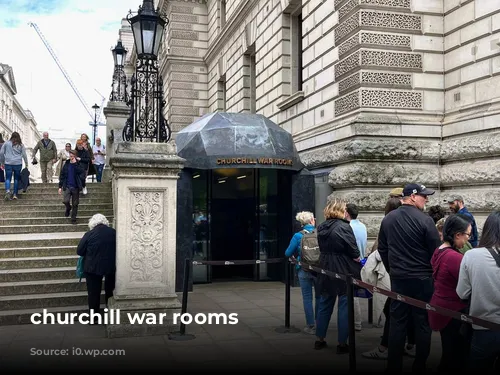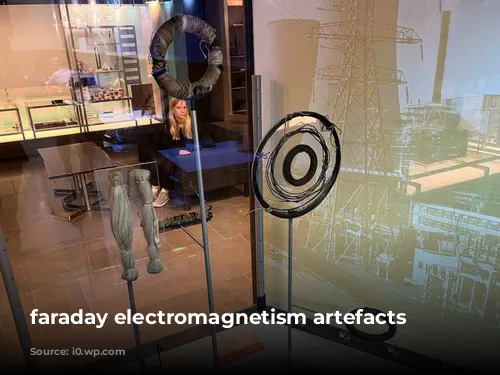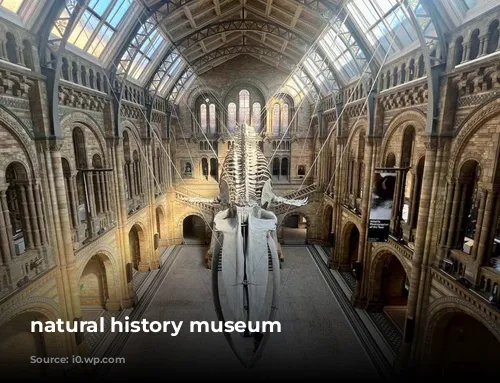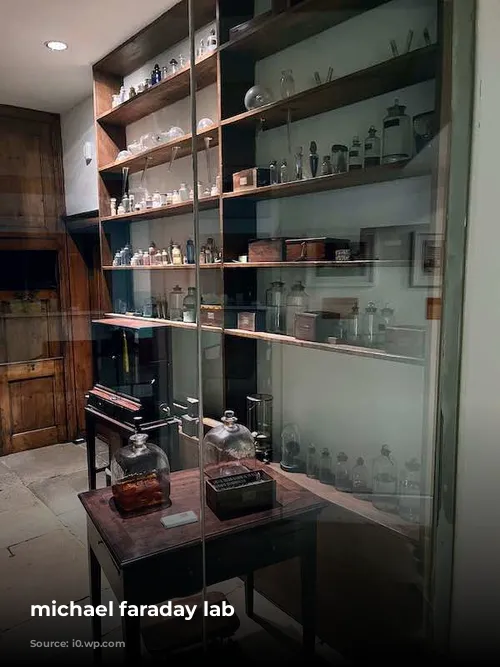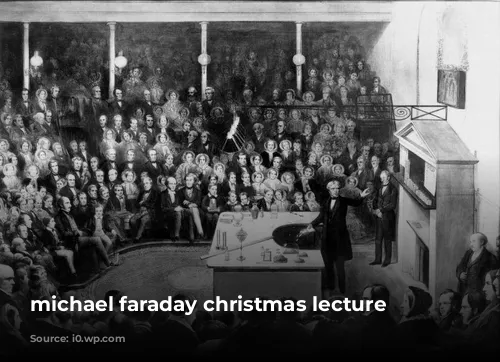Prepare to be amazed! I recently had the opportunity to explore the Royal Institution, a hidden gem tucked away in Mayfair. Before my visit, I was surprisingly unaware of its rich history and significance, beyond the famous Christmas lectures. This incredible institution is a must-visit for anyone passionate about history and science.
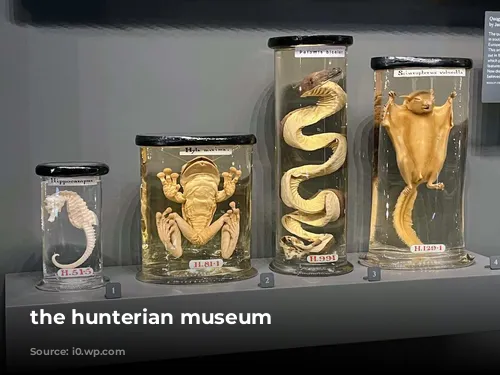
The Birthplace of Scientific Brilliance
The Royal Institution’s journey began in 1799 in a grand townhouse in Soho Square. The brainchild of Sir Benjamin Thompson, Count Rumford, a soldier and scientist, the Institution was initially funded by a group of philanthropists called the “Society for Bettering the Conditions and Improving the Comforts of the Poor”.
With the support of Sir Joseph Banks, President of the Royal Society, the group held their first meetings in his home. Soon after, they purchased a Georgian terrace house on Albemarle Street and, in 1800, received their Royal Charter. The organization evolved into a members’ club in 1810 and is now a cherished charity.
The humble townhouse on Albemarle Street underwent a transformation under the guidance of architect Thomas Webster. Laboratories, libraries, meeting rooms, and the iconic lecture hall were added, and in 1837, a magnificent façade was constructed. Today, the entire building is a Grade I listed structure, a testament to its architectural and historical significance.
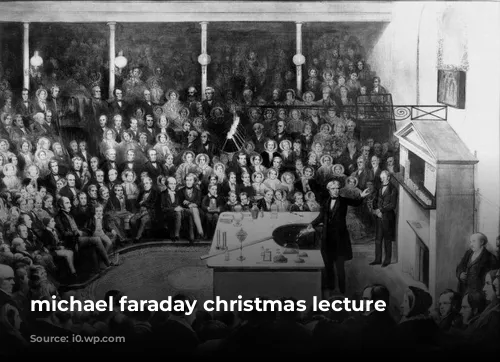
A Legacy of Scientific Breakthroughs
Since its inception, the Royal Institution has been a cradle for some of the most groundbreaking scientific discoveries. Thomas Garnett, the first professor of Chemistry, delivered the inaugural lecture in 1800, marking the beginning of a legacy of scientific brilliance.
Humphry Davy, a charismatic scientist who joined the institution in 1801, made significant contributions. He invented the Davy lamp, a safety lamp for miners, and was the first to isolate elements like potassium and sodium. Davy’s lectures were so popular that a one-way system was introduced on Albemarle Street to manage the throngs of carriages, making it the first one-way street in London.
In 1812, a young Michael Faraday attended Davy’s lectures, captivated by his passion and knowledge. Impressed by Faraday’s dedication, Davy hired him as an assistant after receiving a 300-page book of notes from Faraday. Faraday went on to become the Professor of Chemistry at the Institution, making groundbreaking discoveries in the field of electromagnetism.
The Royal Institution continued to be a hub of innovation. James Dewar invented the Dewar flask, the first vacuum flask, in 1892. J.J. Thomson announced the discovery of the electron in 1897, and Dewar achieved the first liquefaction of hydrogen in 1898. An impressive 15 scientists associated with the Royal Institution have won Nobel Prizes, a testament to the institution’s enduring influence.

Spreading the Joy of Science: The Christmas Lectures
In 1825, Faraday introduced the Royal Institution’s Christmas Lectures, designed to engage children and families with the wonders of science. These lectures have been a beloved tradition ever since, held annually except for a brief hiatus during World War II.
Renowned scientists deliver these captivating presentations, filled with props, experiments, and dramatic demonstrations. The first televised lecture was broadcast on the BBC in 1936, making it the oldest science television program. The lectures continue to enthrall audiences today, reaching millions through regular broadcasts since 1966.
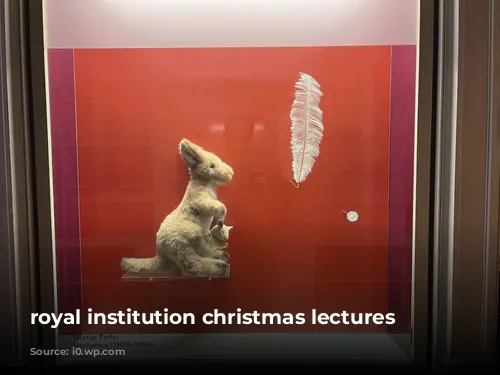
A Timeless Legacy: The Faraday Museum
Today, the Royal Institution offers a glimpse into its fascinating history through the Faraday Museum. This free museum showcases a collection of intriguing artifacts, including Faraday’s first electric generator and transformer. These seemingly ordinary objects revolutionized our understanding and control of electricity, fundamentally transforming human life.
Visitors can also explore Faraday’s lab, where he made many of his significant discoveries. The museum also houses Faraday’s safety glasses, early examples of purpose-built safety goggles for scientific work, and Davy’s first safety lamp, which dramatically reduced mining fatalities.
The Faraday Museum is open Monday to Friday, 9am to 5pm, offering a window into the past and a reminder of the institution’s enduring impact on science and society. The Royal Institution continues to host talks, courses, and events, ensuring that the spirit of scientific exploration and discovery remains alive.
A visit to the Royal Institution is a journey through time, filled with awe-inspiring discoveries, iconic figures, and a legacy that continues to inspire generations of scientists and enthusiasts.
